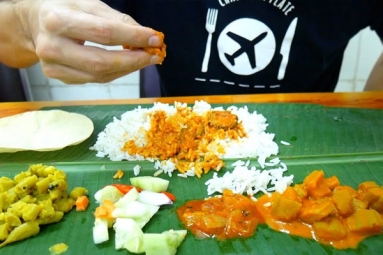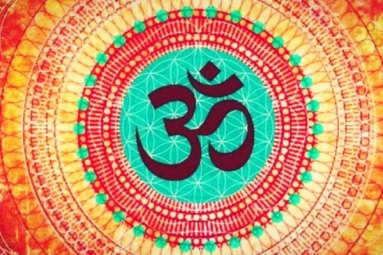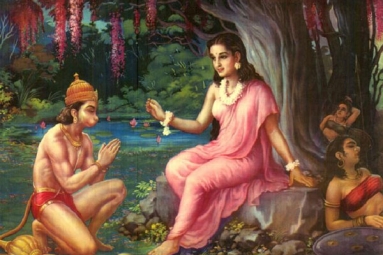Guru Purnima 2019: History, Significance, and Celebrations of Vyasa Purnima Dedicated to Teachers
July 12, 2019 18:06
(Image source from: Chhandayan)
Guru Purnima, which is an important spiritual tradition dedicated to teachers who have thought us in various walks of life, is around the corner. It is a day honoring academic, spiritual teachers, leaders, and expressing gratitude to their efforts.
This day is observed as no less than a festive occasion in Nepal, India and Bhutan by the Hindus, Jains, and Buddhists. It is observed on the full moon day (Purnima) in the Hindu month of Ashadha.
This year Guru Purnima falls on July 16.
The day reveres the teachers who evolved or helped in giving a direction by sharing their wisdom with others. The celebration of Guru Purnima sees a ritualistic puja in honor of the Guru.
The word Guru is derived from Sanskrit roots, gu meaning darkness and ru which means remover of the darkness. So a Guru represents someone who removes the darkness of our ignorance. So disciples perform pooja and pay their respects to the Guru. People thank their academic teacher and remembering their past teachers and scholars.
History and Significance of Guru Purnima
As per the Hindu legend, this was the day Krishna-Dwaipayana Vyasa – author of the Mahabharata, was born to sage Parashara and fisherman's daughter Satyavati. This day is thus also celebrated as Vyasa Purnima. Another yogic school of Hinduism states that Guru Purnima was the day that saw Shiva become the Adi Guru or the first Guru. Shiva, the Adiyogi expounded several mechanics of life and his seven disciples known as the Saptarishis took the knowledge across the world. Guru Purnima is marked as a tradition that opened up the possibility for a human being to evolve consciously.
The Buddhists believe that Lord Buddha gave his first sermon on Guru Purnima. The first sermon is called the Dhammacakkappavattana Sutta. He went to Sarnath after 5 weeks of achieving enlightenment under the Bodhi tree. Buddhists observe this day by practicing meditation under the guidance of their spiritual leaders.
Guru Purnima Customs & Celebrations
This day is celebrated with great enthusiasm in schools and colleges. Students pay their respects by offering them flowers and sometimes gifts. Some schools also have speeches wherein students express their gratitude for their teachers. This day serves as a great way to bond between teachers and students and inculcates respect towards all Gurus in life.
During this time, devotees also spend a considerable amount of time chanting and praying. Early in the morning, around 4 a.m., devotees meditate on their gurus and offer their prayers. Later on that same day, a ritual worshiping of the guru’s feet is done by the devotees. Sadhus’ (holy men) and Sannyasins (ascetics or mendicants) are offered a large feast around noon and worshiped as well. Devotees which are deserving are then initiated into the Holy Order of Sanya, later that day. The whole day is often seen as an extremely joyous event.
While many Hindus choose to fast on this day, many people do make up one's mind to eat. They will eat foods such as halwa, chole, ladoo, poori, soan papdi, and other vegetarian dishes. It is often accustomed for temples to offer sweet curds prepared with dried fruits known as charanamrita to devotees. Some of the devotees who decide to spend the day fasting will often break their fast after their evening worship.
By Sowmya Sangam













